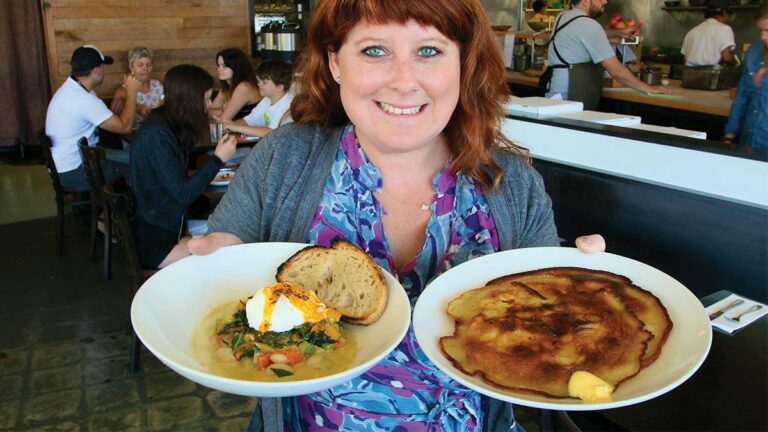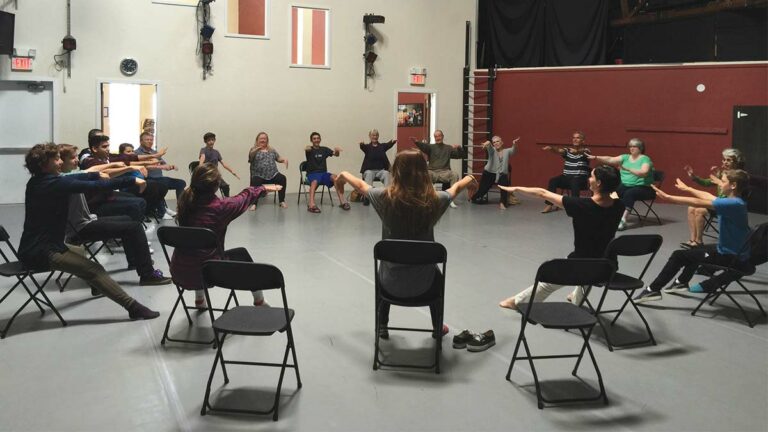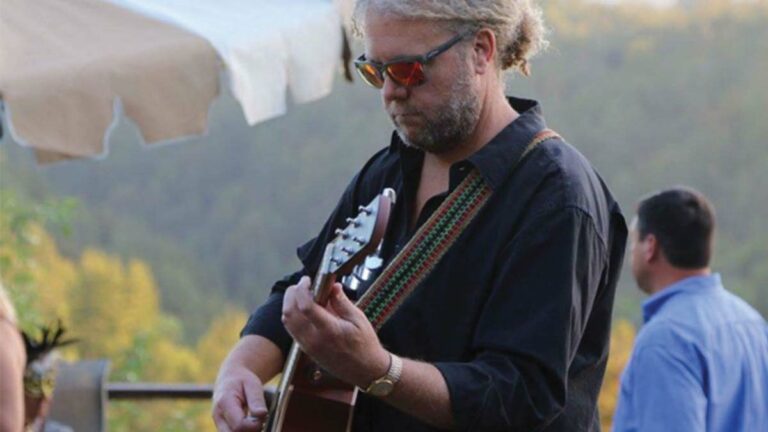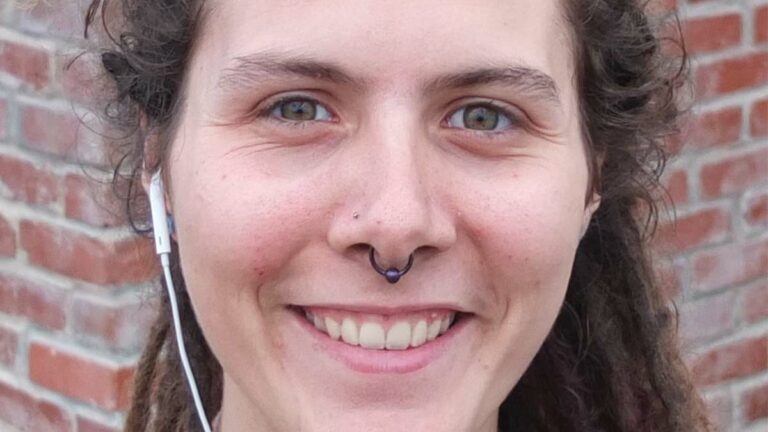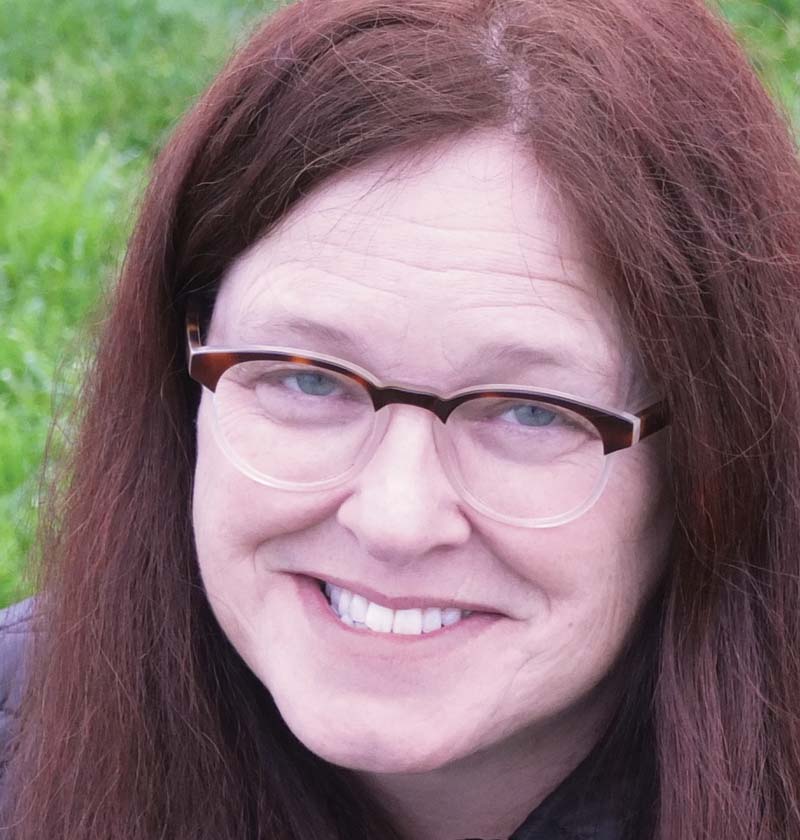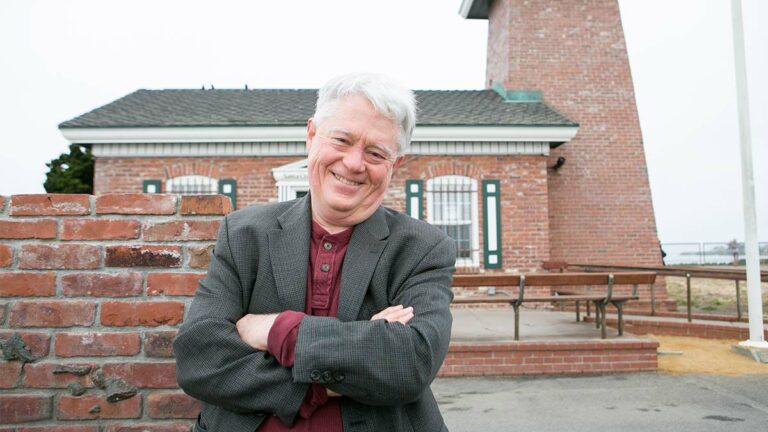On a warm Friday evening last month, Food Trucks A Go Go, a group run by food truck owner Lali Kates, held its first public event in the city of Santa Cruz. Seven mobile vendors—including Kates’ own Aunt LaLi ice cream truck—showed up to San Lorenzo Park to provide alfresco dining for hundreds of hungry locals. Aromas of fresh steaming masa, fried rice and barbecue beckoned strolling passersby toward a line of tents and trucks, while others relaxed in the beer garden, sipping organic IPA from Santa Cruz Mountain Brewing.
“It was a great first event and a great collaboration,” says Kates. “The food vendors were all very busy. People started coming after work, and it was really fun to see people coming from all directions, over the bridge and from Water Street.”
For years, organizing an event like this in Santa Cruz had seemed impossible. Since last September, Kates has held numerous food truck gatherings in Scotts Valley and other cities around the Monterey Bay.
“Our events are very successful, and we see a desire among the community to have more events like this,” says Kates of her regular food truck events at Scotts Valley’s Sky Park.
But Santa Cruz’s strict mobile-vending laws prohibit parking within 300 feet of a park or school, and limit stops to 15 minutes on public thoroughfares. The laws, which went into effect more than a decade ago, were intended to protect public spaces from traffic congestion, litter and loitering. But truck owners say they don’t reflect the needs of a growing sector of our food culture. For last month’s event, Kates was able to acquire an event permit through the Parks & Recreation Department in order to circumvent the ordinances.
Responding to an uptick in food truck popularity nationwide, the Santa Cruz City Council passed some exemptions in 2015, loosening regulations for 18 months around Harvey West, San Lorenzo and DeLaveaga parks, as well as downtown on Cooper Street for First Friday—to see if the exemptions might spur mobile vending. The period draws to a close on Sept. 12, when the city council will decide whether to continue the pilot program.
Kates supports the trial exemptions, but says that, with the exception of the Cooper Street location on First Friday, the chosen areas don’t see enough foot traffic to become profitable locations.
“I wouldn’t say that they weren’t helpful, because I want to be encouraging to the positive changes that they’re making and the steps that they’re taking,” she says. “We’ll work with and around whatever is presented by the folks in city council. Baby steps are still movement in the right direction.”
Mobile food vendors are optimistic that the rules will eventually be relaxed in some form, although no one on the city council could be reached for comment on the issue. (Pamela Comstock, the only current councilmember who served on a task force tackling the issue, did not respond to repeated emails and voicemails.)
Scott Collins, assistant to the city manager, says the council can see how much the industry has changed since “roach coach days,” when the original laws were put into effect, and everyone has learned from this new trial period. “After looking at communities with healthy food truck industries like San Jose and Portland, they believe that there’s room for something similar in Santa Cruz as well,” says Collins.
Originally, he says, city leaders held an underlying assumption that restaurant owners would not support mobile vending. After a closer look, however, the trend doesn’t seem to pose a threat to brick-and-mortar joints. “Restaurant owners are not really seeing it as competition, but as a way to bring additional people to their area,” says Collins. “It might not be true for everyone, but I think it’s changed quite a bit.”
Zachary Davis—one half of the duo that opened the Penny Ice Creamery, the Picnic Basket, and Assembly—supports relaxing food truck rules. Their success, he believes, will spill over to other local businesses.
“I think they have a role to play in the food and beverage community in Santa Cruz, and it’s a disservice to everyone, the level of restriction that’s placed on them right now,” Davis says, citing healthy food truck cultures in Austin, Texas and Portland, Oregon.
“It becomes an attraction for the community,” says Davis. “If it’s something that’s so cool that it’s bringing people in to check it out, it spills over into everything else. If you get a taco for lunch, maybe you want to go to a sit-down place for dinner. Or, if you go to a food truck event in the evening, maybe you want to spend the night in a hotel.”
Davis, also a downtown commissioner, adds that food trucks would not work on Pacific Avenue because parking is already at a premium and they don’t fit along the retail and entertainment corridor.
Of course, getting a small but growing crew of flame-broiling entrepreneurs to agree on the perfect food truck space may be easier said than done. Sensitive to relationships with restaurant owners, most mobile food vendors agree that locations near existing restaurants would be inappropriate. They also generally agree that areas near the coast, like Seabright Beach, would be ideal. Collins admits that they didn’t receive a great deal of input from the food truck community, and perhaps did not do sufficient outreach—something they plan to change in the next go-around.
“Hearing from those voices is very important,” he says.
Ed Watson, co-owner of Mediterranean restaurant Zameen, has been running a food truck for four years, in addition to the restaurant’s brick-and-mortar location in Aptos. Watson, who can see both sides of the food truck issue, suggests the coastal areas could provide great locations for major food truck congregations like those in other cities.
“I’d hate to see a food truck park in front of my restaurant,” Watson says. “But San Francisco has taken an area where there’s not a lot of restaurants and transformed it by inviting food trucks to park there, and transformed the whole area because of it. If they could designate an area—even if it’s not daily—where we could all congregate and be open to the public, it would be a great change.”
Kasia Maslanka Smith, who owns the food truck Ate3One with her husband Jonathan, says she’s sensitive about sharing space with brick-and-mortar restaurants. She would rather see the regulations relaxed for public areas where there are no other food options. “I’m not going to go to downtown Santa Cruz because Hula’s [Island Grill], for example, can’t pack up their restaurant and go on the road. I wouldn’t do that, unless it was a private event,” says Smith.
A chef for more than 10 years, Smith opened Ate3One in 2014 after working with food trucks in San Jose. She recently purchased a second truck and sees lots of room for growth for food trucks in Santa Cruz. However, reaching the customer base is crucial, crediting Kates and her events for the opportunity to develop a following.
Both Smith and Watson say that although opening a food truck is expensive, it doesn’t even approach the cost of opening a brick-and-mortar restaurant in the area. Mobile vending is a much more affordable way for entrepreneurs, especially young people, to enter the industry and become business owners.
“The amount [of food trucks] we have is great,” says Smith. “It’s always going to be kind of small because of the population, but there’s definitely room to grow.”
FOLLOW US




